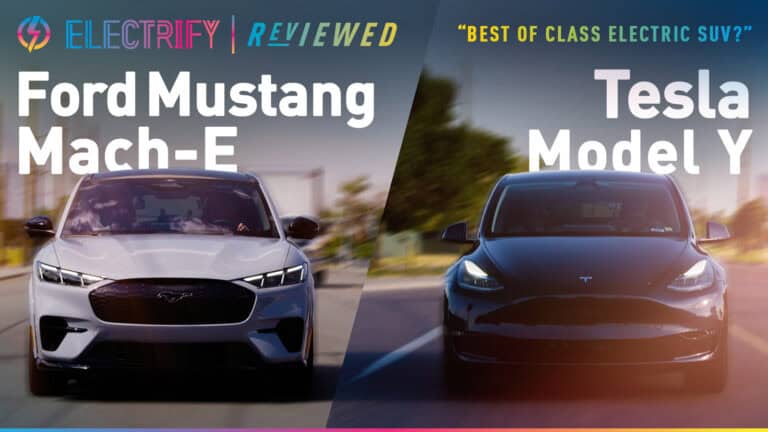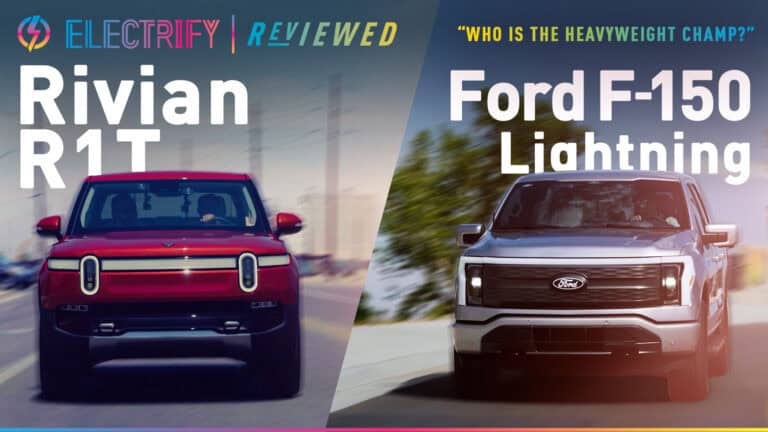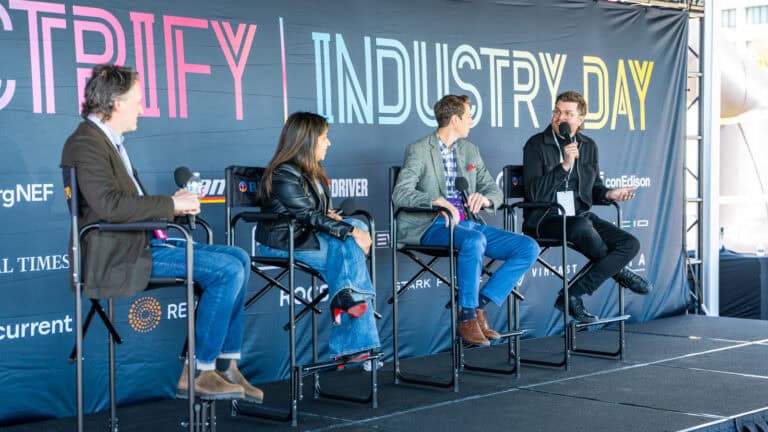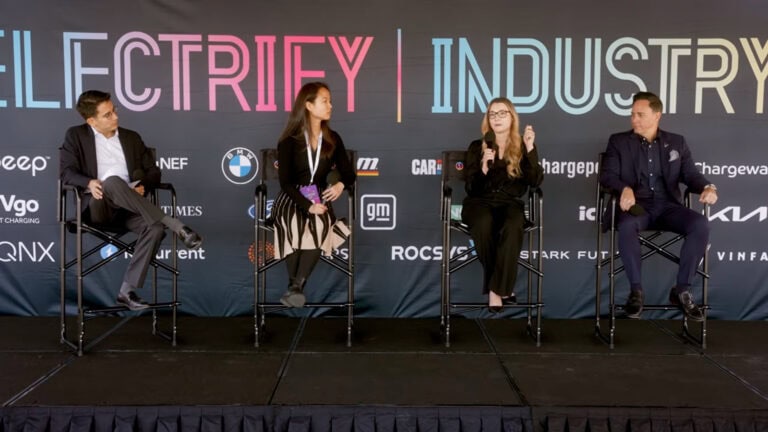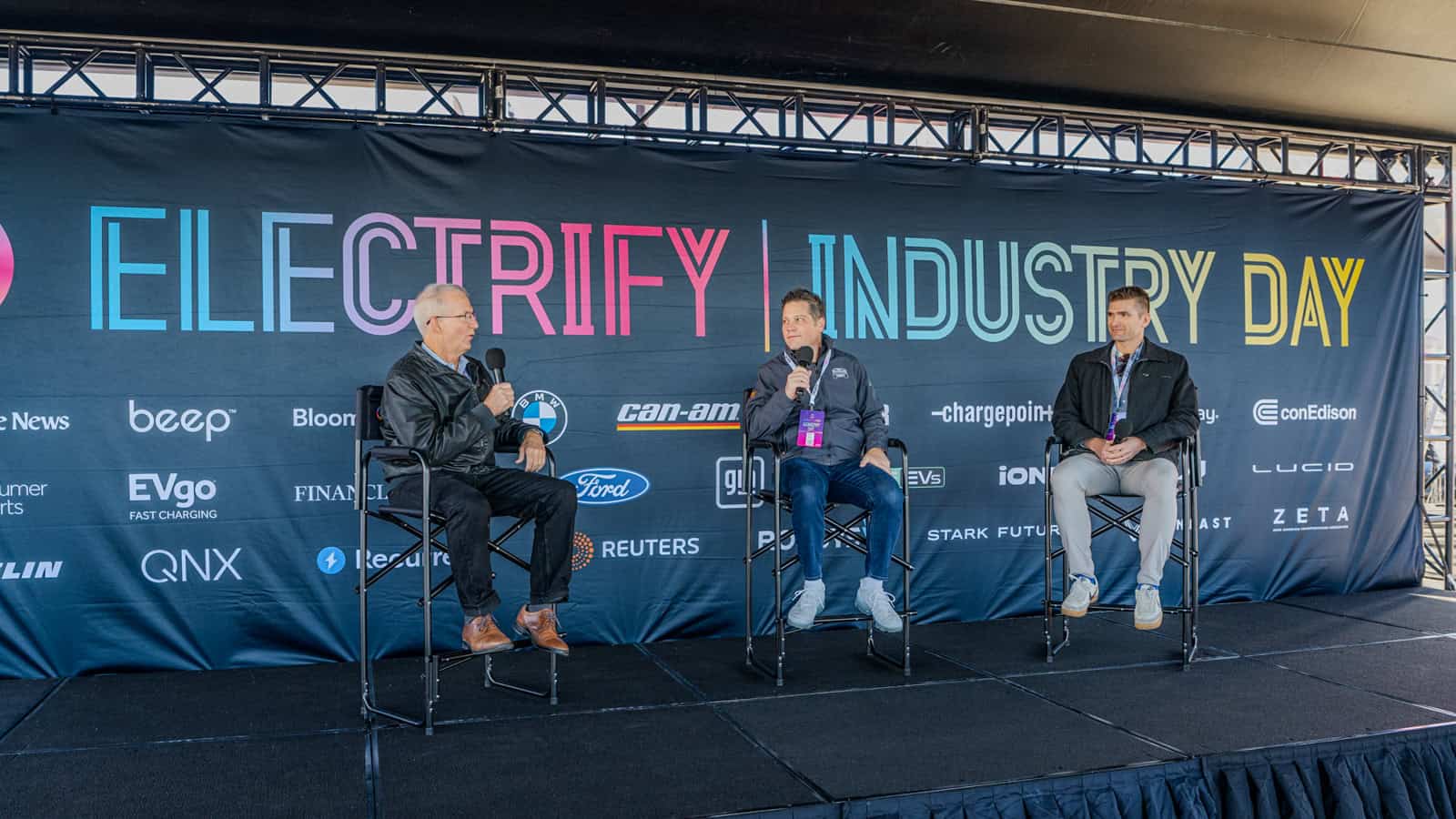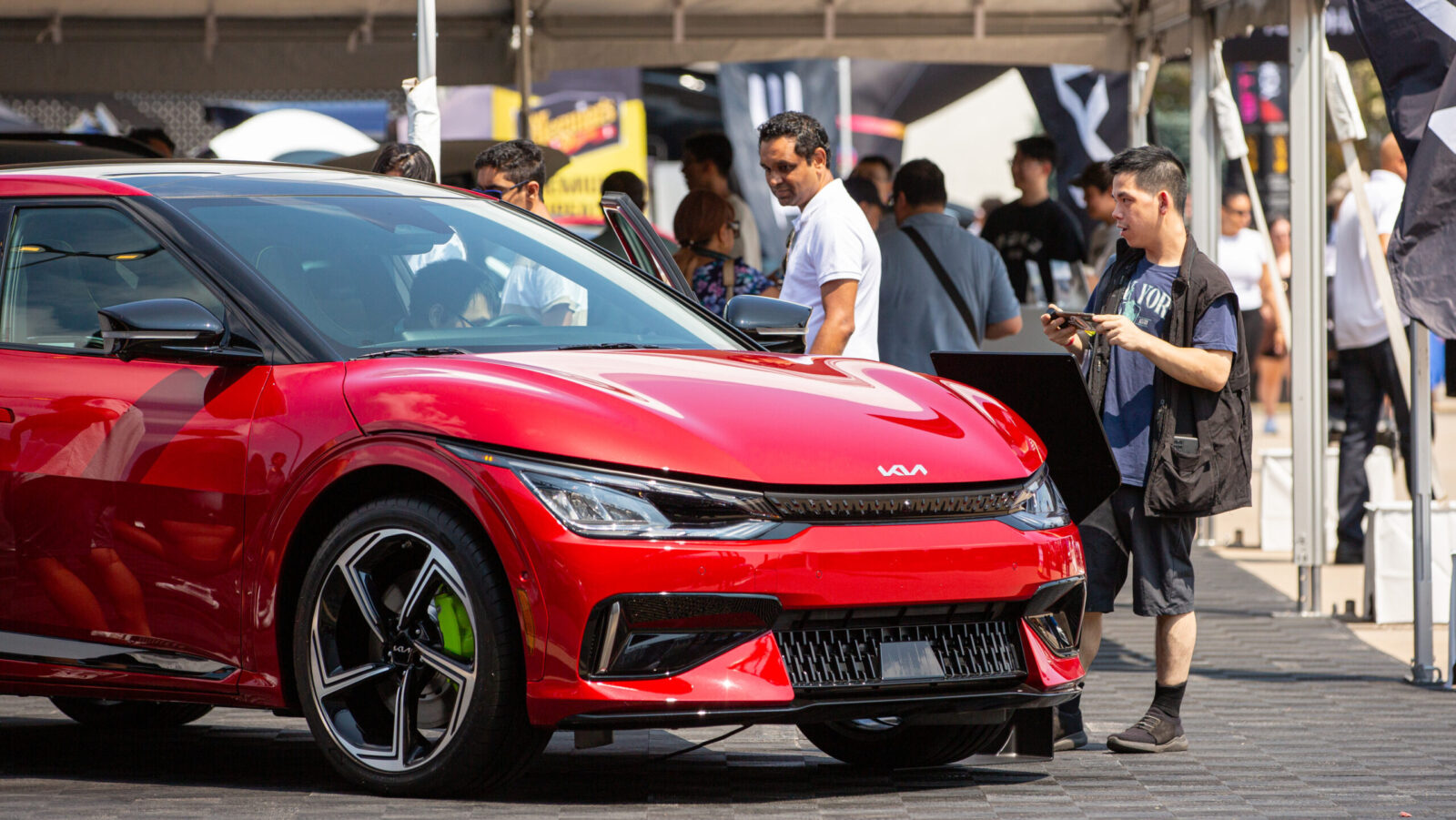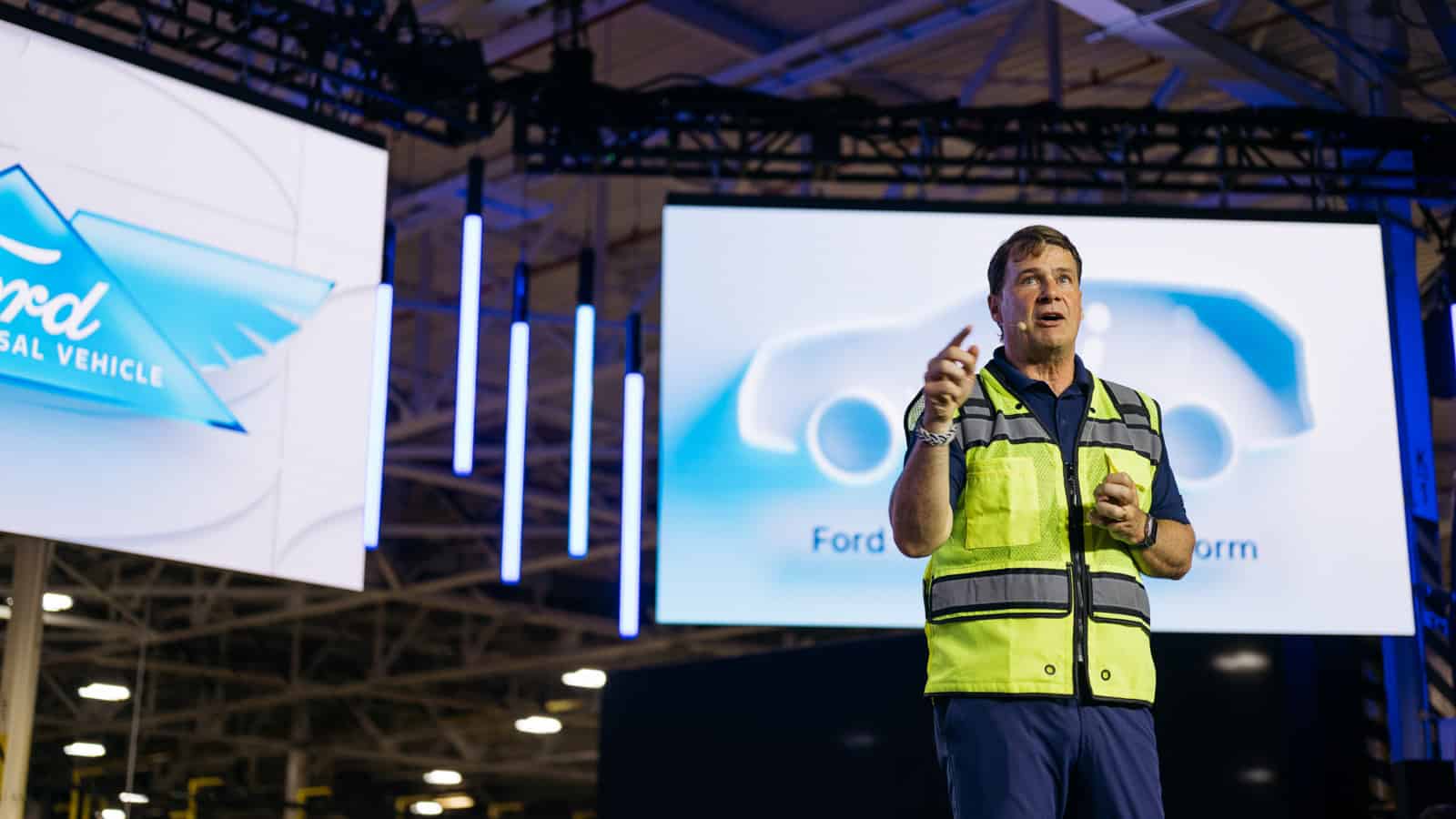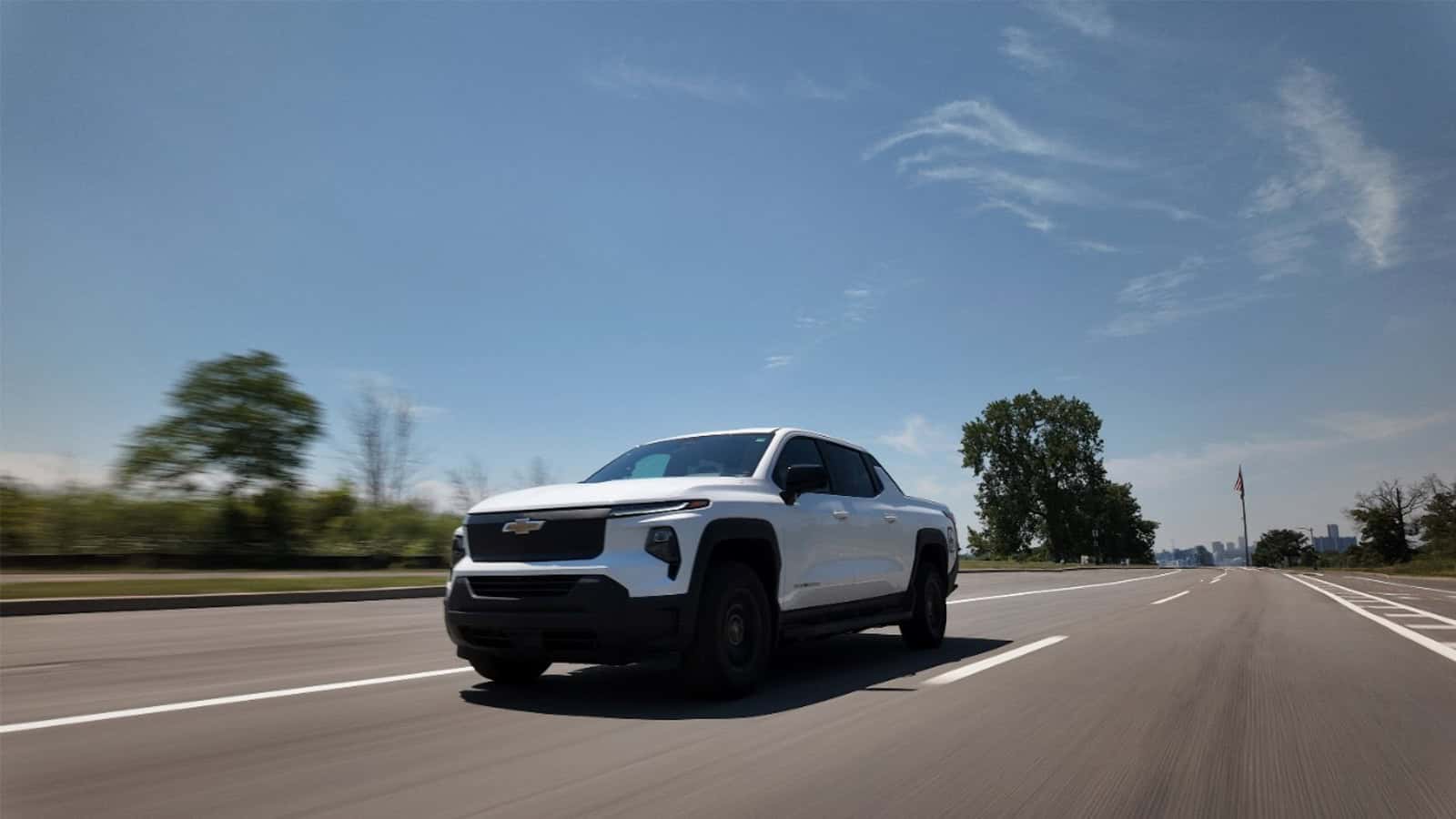- BMW i Ventures just dropped $11 million on Estes Energy to build an EV battery platform made in the USA, and big names are already circling.
- 125,000 jobs are on the line in America’s battery sector, but $6 billion in factory plans hit pause as EV sales slow down.
- The U.S. slapped a 93.5% tariff on Chinese graphite, and your next EV battery might cost more because of it.
ADVERTISEMENT
What if your next electric car ran on batteries dug, built and assembled from coast to coast here in the U.S.? Intrigued? You should be.
U.S. companies are going below the surface, literally, to fuel the next phase of EV battery production on home soil. In Nevada, the Thacker Pass lithium clay site could produce enough lithium to support about one million electric vehicles each year. Over in Arkansas, Exxon and Standard Lithium are testing a method called “direct lithium extraction,” which uses far less water than traditional mining and may cut dependence on overseas sources, especially China.
Meanwhile, back in California, Estes Energy has secured $11 million in seed funding, co-led by BMW i Ventures, to complete its flexible EV battery pack platform and kick off pilot manufacturing operations in the U.S.
Estes Energy is building modular EV battery packs using two core chemistries: LFP (lithium iron phosphate) for budget-conscious applications and nickel-based options for scenarios where weight plays a bigger role. Both versions can slot into the same system architecture, giving manufacturers flexibility without extra integration work. Interest is already building from OEMs across industries.
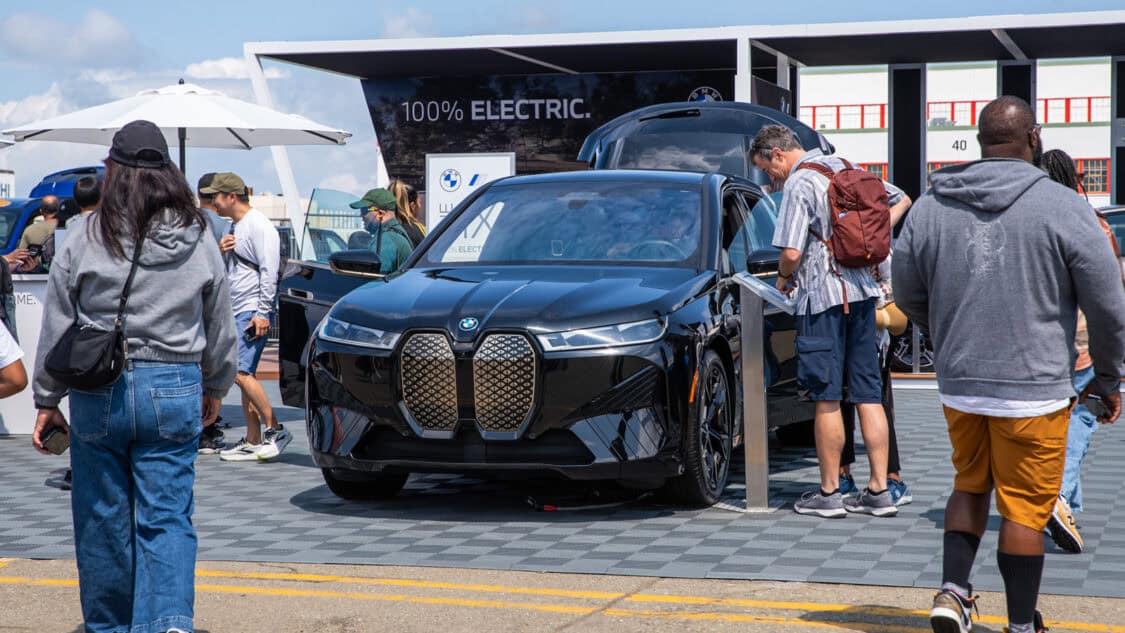
“What makes Estes different isn’t just the unique technology—it’s the people.” said Baris Guzel, Partner at BMW i Ventures. “This is a team that’s been in the trenches, building rugged, high-density battery systems with real-world safety and scale in mind. It’s that rare blend of deep engineering chops, operator mindset, and execution urgency. We couldn’t be more excited to partner with them.”
Dustin Grace, CEO of Estes, confirmed demand is growing from sectors like defense, marine, rail, and off-highway. The company expects to begin delivering prototype systems to early customers by the end of 2025.
On the materials front, the U.S. government just hit Chinese graphite imports with a steep 93.5% tariff. That move is giving smaller producers in countries like Australia and Canada a chance to gain ground, while U.S.-based companies such as Novonix near Chattanooga are gearing up to scale synthetic graphite production with help from federal loan programs.
ADVERTISEMENT
Meanwhile, over in Michigan, Natron Energy is pushing ahead with sodium-ion batteries. These batteries are cheaper, cobalt-free, and built for durability. Their planned gigafactory in North Carolina could bring around 1,000 jobs and is expected to reach 24 GWh in annual output by 2028.
Battery plant construction across the U.S. is picking up serious traction. Starting in 2025, the country could reach around 420 GWh of annual battery production capacity. That’s thanks to facilities from companies like Panasonic, Samsung, LG Energy, Ford, Honda, Hyundai, Stellantis, and Toyota. As an example, Toyota’s plant in Greensboro, North Carolina, which plans to produce enough battery packs for 800,000 vehicles each year and bring in up to 5,000 jobs by 2030.
Meanwhile, in Georgetown, Piedmont Lithium is investing $1.8 billion into a spodumene mine and processing site. Local communities are keeping a close eye on potential effects to water and air quality as the project advances.
All that spending could support between 84,000 and 125,000 jobs across the battery sector by 2032, including roles in mining, processing, manufacturing, and recycling. According to the ICCT, each gigawatt-hour of battery capacity requires about 95 workers. But the ride has been anything but smooth. After the Inflation Reduction Act sparked a wave of optimism in 2024, battery investments hit $11 billion in a single quarter, most of it concentrated in the South.
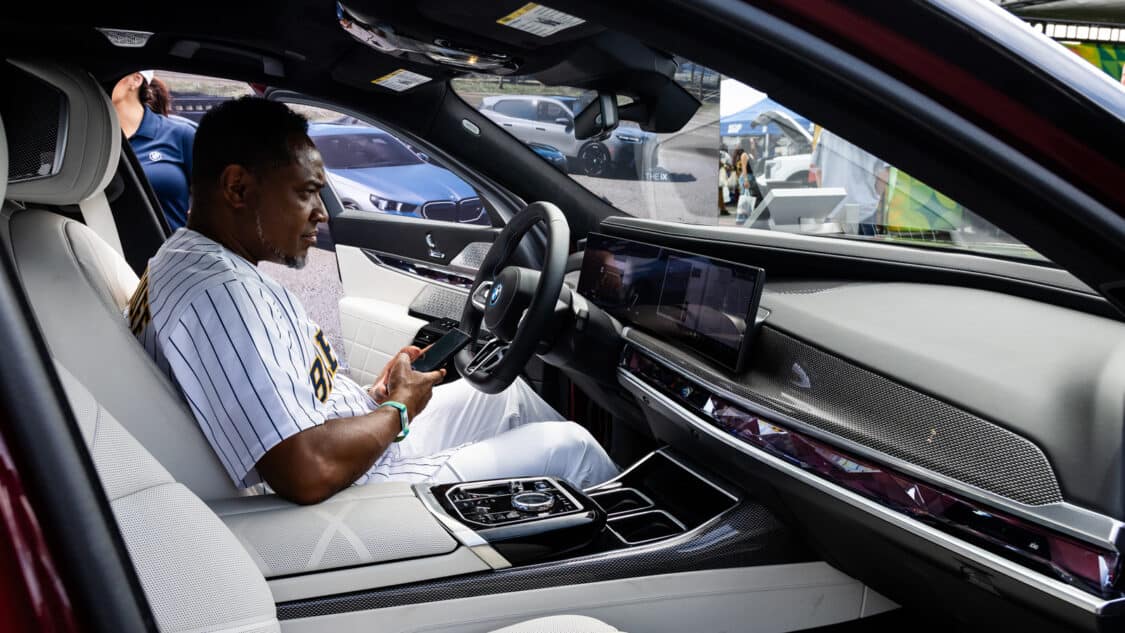
Then demand cooled off. EV sales dipped, federal incentives came under pressure, and roughly $6 billion worth of planned facilities were put on hold in early 2025, as reported by The Washington Post.
Trump’s approach relies on trade pressure. He proposes a 25% tariff on imported vehicles and 50 percent on copper. The goal is to push automakers and suppliers to build inside the U.S. Starting September 30, many vehicles will lose eligibility. Stricter sourcing rules under the Inflation Reduction Act will take effect.
Trump pointed to job growth, claiming, “In a single month, 9,000 new auto jobs.” Some analysts, however, questioned the accuracy of that figure, noting it appeared inflated or selectively framed according to FactCheck.org.
ADVERTISEMENT
The trade team is rolling out tariffs on key EV battery materials while offering relocation exemptions to incentivize domestic production. The objective, according to U.S. Trade Representative policy comments cited by Reuters, is to reduce the $1.2 trillion trade deficit, increase the share of GDP from U.S. manufacturing, and raise median wages.
However, critics warn this strategy could limit access to essential minerals. Mineral supply constraints are expected to take years to resolve, and tariffs may raise costs on critical inputs like graphite and copper.
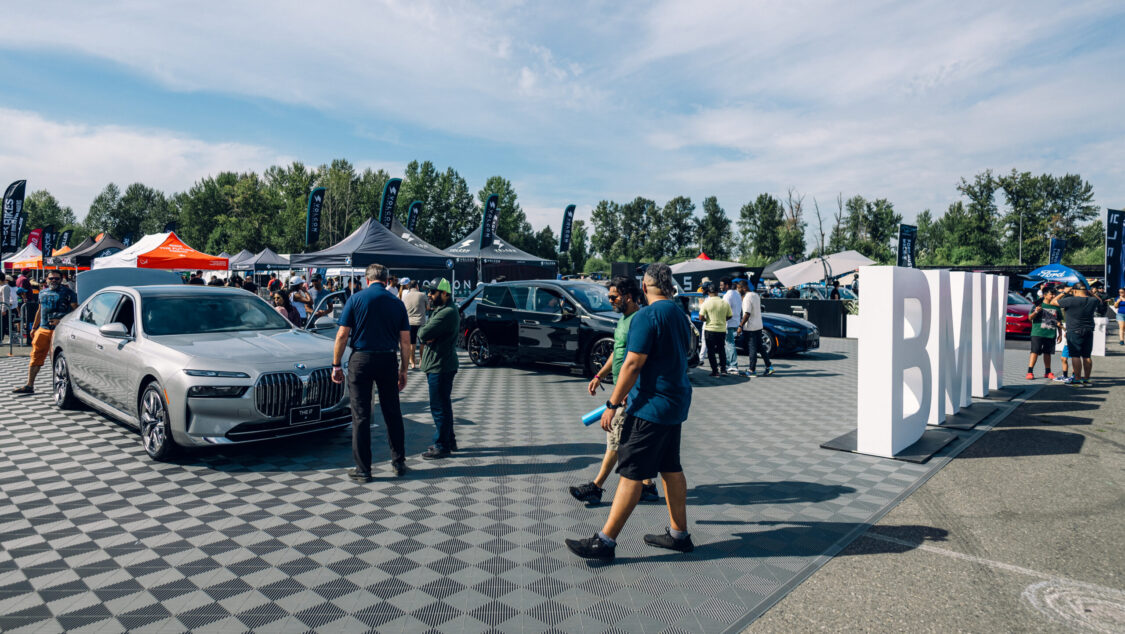
The U.S. electric vehicle battery sector is picking up speed, from raw material extraction to full-pack assembly. Projects like Estes Energy, Thacker Pass, Novonix, and Natron Energy are building momentum for U.S. manufacturing and job creation. They also support a more reliable and local EV battery supply chain.
Backing from both federal programs and corporate investors adds fuel to the push. Trump’s tariffs and trade strategies could affect where key materials and components are sourced. This may reduce dependency on China. However, the approach could also increase short-term costs for critical supplies.
Can U.S. battery and auto manufacturing scale fast enough to meet demand? And will that 125,000-job estimate hold if policies change midstream? The next few years will answer that.
For now, there’s a real surge of activity happening. Mines are breaking ground, factory construction is underway, and yes, jobs are being created. The gears are turning.
ADVERTISEMENT

IMAGES: ELECTRIFY EXPO
FTC: We use income-earning auto affiliate links. Learn more.



